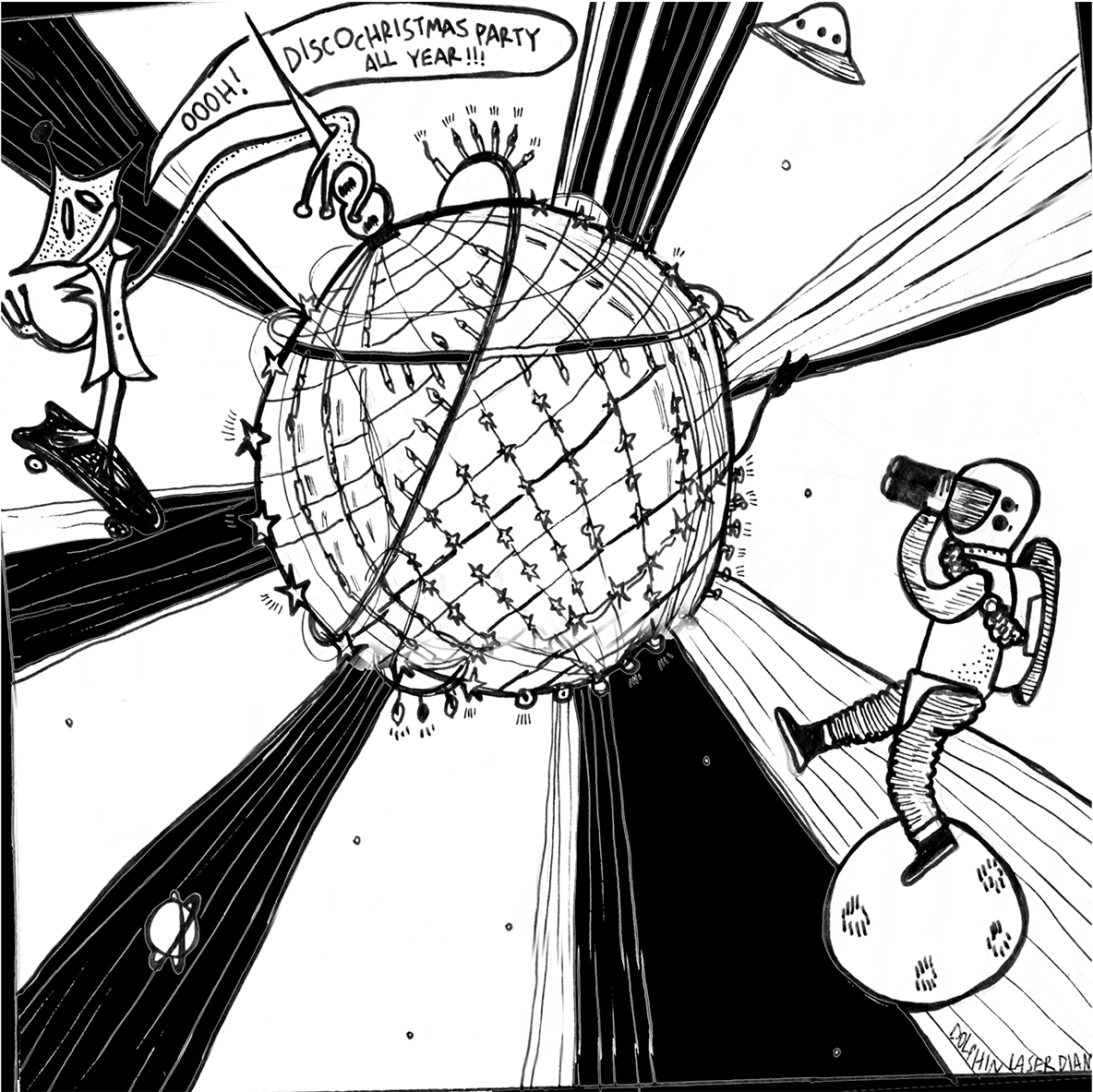A new study published on Science Advances measured a 2.2% increase in the Earth’s outdoor artificial lighting, each year, between 2012 and 2016. As expected, certain regions showed a steady increase in light pollution aligned with economic development, while the unexpected results came from the more developed areas who substituted street lights in the last years.
When we switch from a sodium lamp to a white LED, what we observe is a decrease in the total amount of light that the satellite can see. But what we saw instead for the US was basically a constant amount of light; new lights were added in other places
Christopher Kyba of the GFZ German Research Centre for Geosciences, lead author of the study
Light pollution can in fact have serious consequences for both biodiversity and people’s health.
In city centers, we need to completely rethink the way we light by putting people at the center and not cars, which have their own lights […] we shouldn’t have streetlights anymore. We should have lighting for pedestrians and for the people riding bikes
Christopher Kyba, GFZ

